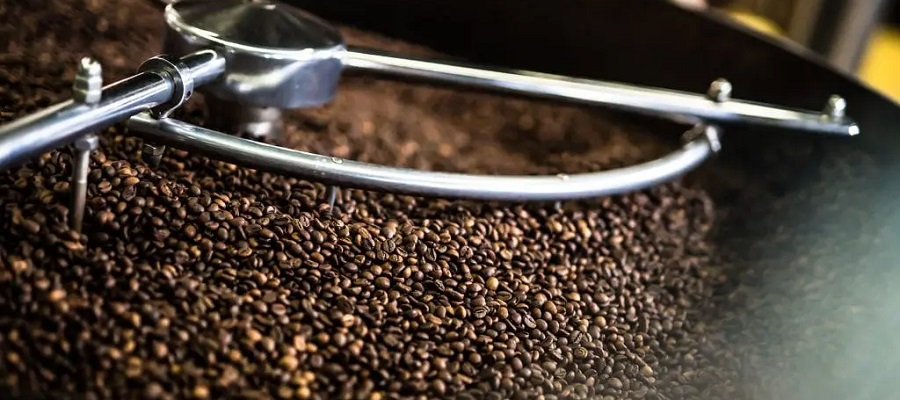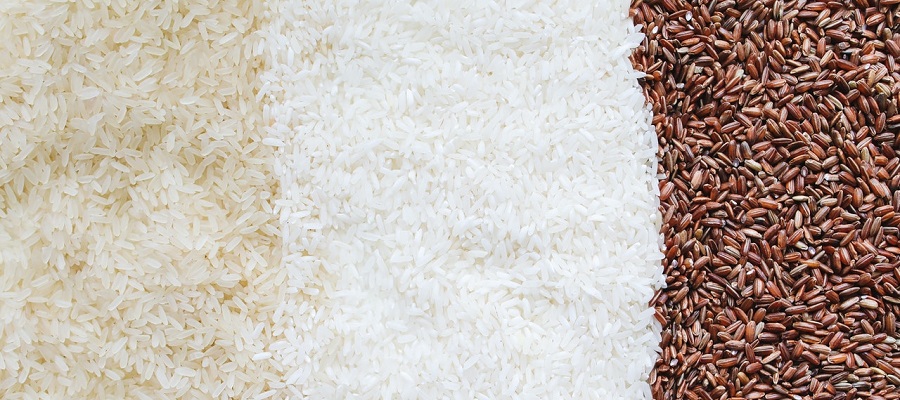1: Coffee
Coffea is a flowering plant genus in the Rubiaceae family. Tropical and southern Africa, as well as tropical Asia, are home to Coffea species, which are shrubs or small trees. Coffee beans are the seeds of several species that are used to flavor different drinks and goods.
The fruits, like the seeds, are high in caffeine, have a characteristic sweet flavor, and are frequently juiced. The plant is one of the most valuable and frequently traded commodity crops in the world, and it is a key export product for various nations, notably those in Central and South America, the Caribbean, and Africa.

Image source: pixabay.com
2: Commodity Graded Coffee
Coffee is classified as a commodity when it is a uniform product that is interchangeable with another coffee of the same sort. This accounts for the vast bulk of coffee drunk worldwide. Commodity coffee is traded on the New York Coffee Exchange, and the price is determined by the global market without regard for the intrinsic quality of the coffee. Commodity coffee has neutral or negative flavor features due to the lack of provenance, which causes purchasers to go for the lowest price offer on the market with no commitment to long-term connections. Farmers are unable to prepare for the future due to volatile prices.

Image source: pixabay.com
3: Why is Coffee an important agricultural Commodity?
Coffee is the most frequently traded tropical crop, accounting for up to 25 million agricultural households worldwide and 80 percent of global output. Coffee production is concentrated in poor nations, where it accounts for a significant portion of export profits and is a major source of income for families.
Coffee is a widely used beverage and a valuable commodity. Coffee is a source of income for tens of millions of small farmers in poor nations. Every day, more than 2.25 billion cups of coffee are consumed throughout the world. Over 90% of coffee is produced in developing nations, mostly in South America, whereas consumption is concentrated in developed ones. Coffee is a source of income for 25 million small producers throughout the world. In Brazil, where nearly a third of the world's coffee is produced, over five million people are employed in the cultivation and harvesting of over three billion coffee plants; it is a more labor-intensive culture than alternative cultures in the same region, such as sugar cane or cattle, because its cultivation is not automated, requiring frequent human attention. In 2004, coffee was the top agricultural export for 12 countries; in 2005, it was the world's seventh-largest legal agricultural export by value; and in 2006, it was the "second most valuable commodity exported by developing countries.” (https://www.ico.org)

Image source: pixabay.com
Coffee is one of the most popular beverages in the world, as well as one of the most traded commodities. Brazil, Vietnam, and Colombia are the world's top coffee producers, while the European Union and the United States of America are the world's largest consumers and importers.
4: Coffee Revenue:
In 2021, revenue in the Coffee category is expected to be $409,895 million USD. The market is predicted to expand by 6.99 percent every year (CAGR 2021-2025). In 2021, per person revenues of US$54.54 are earned in comparison to overall population estimates.


